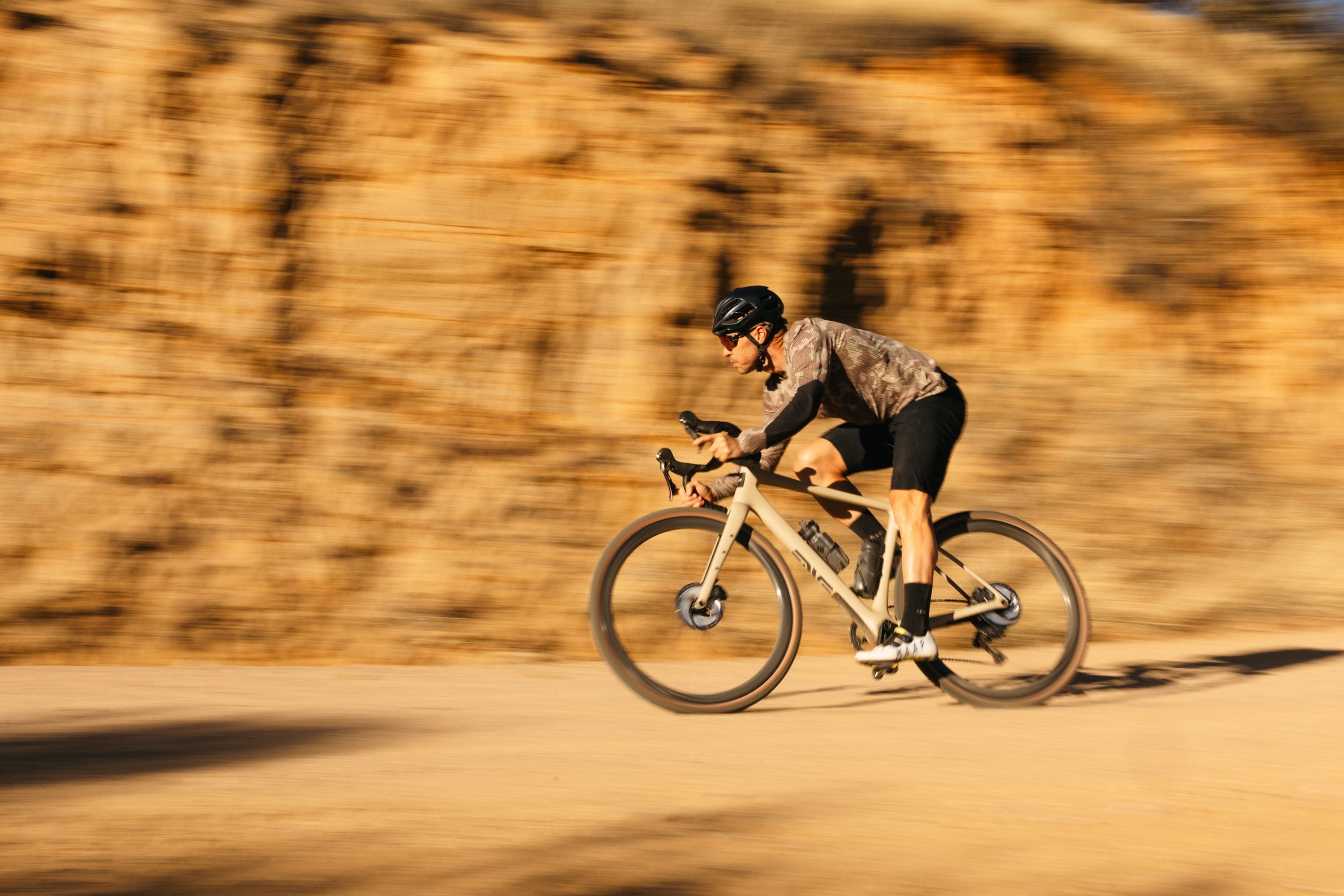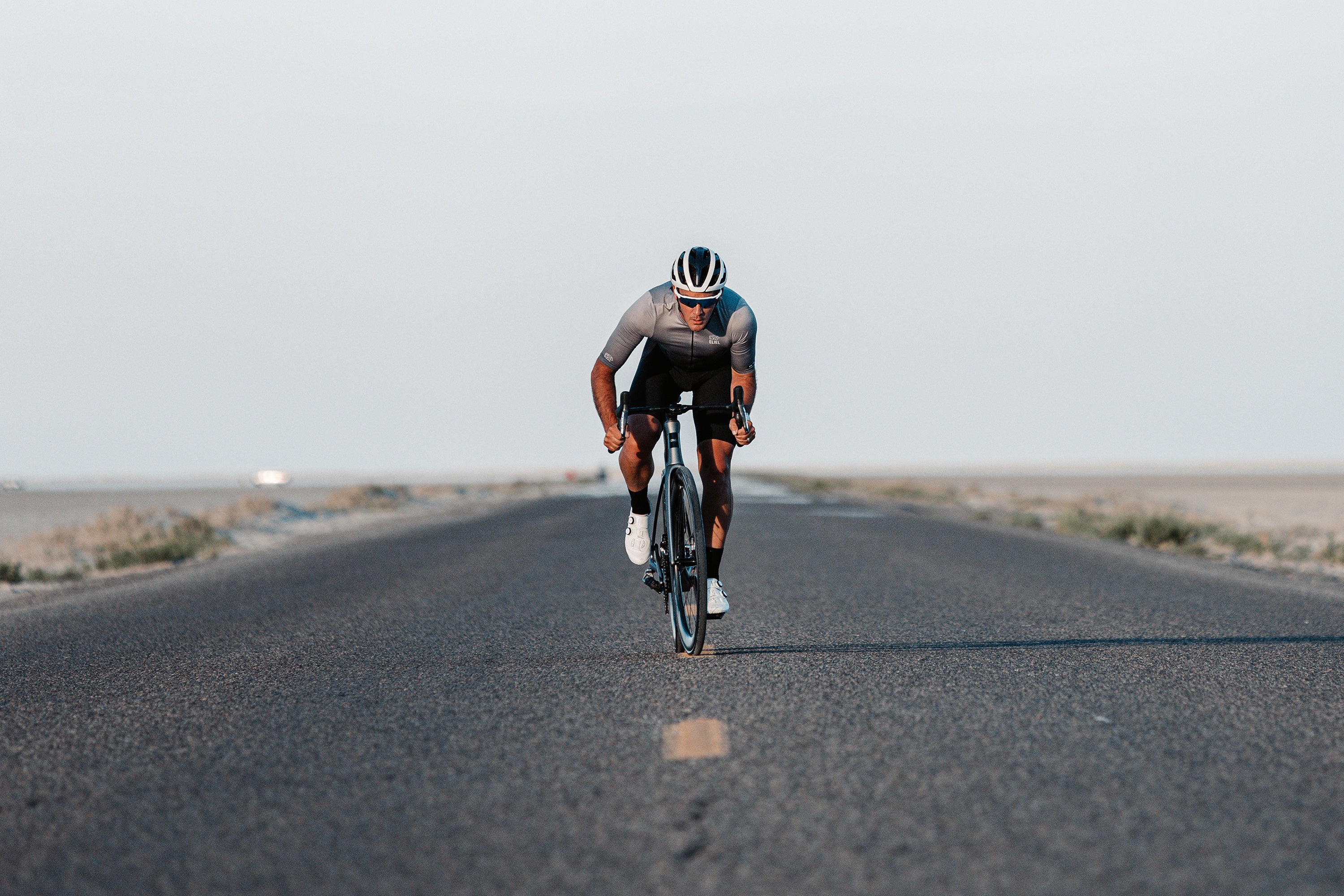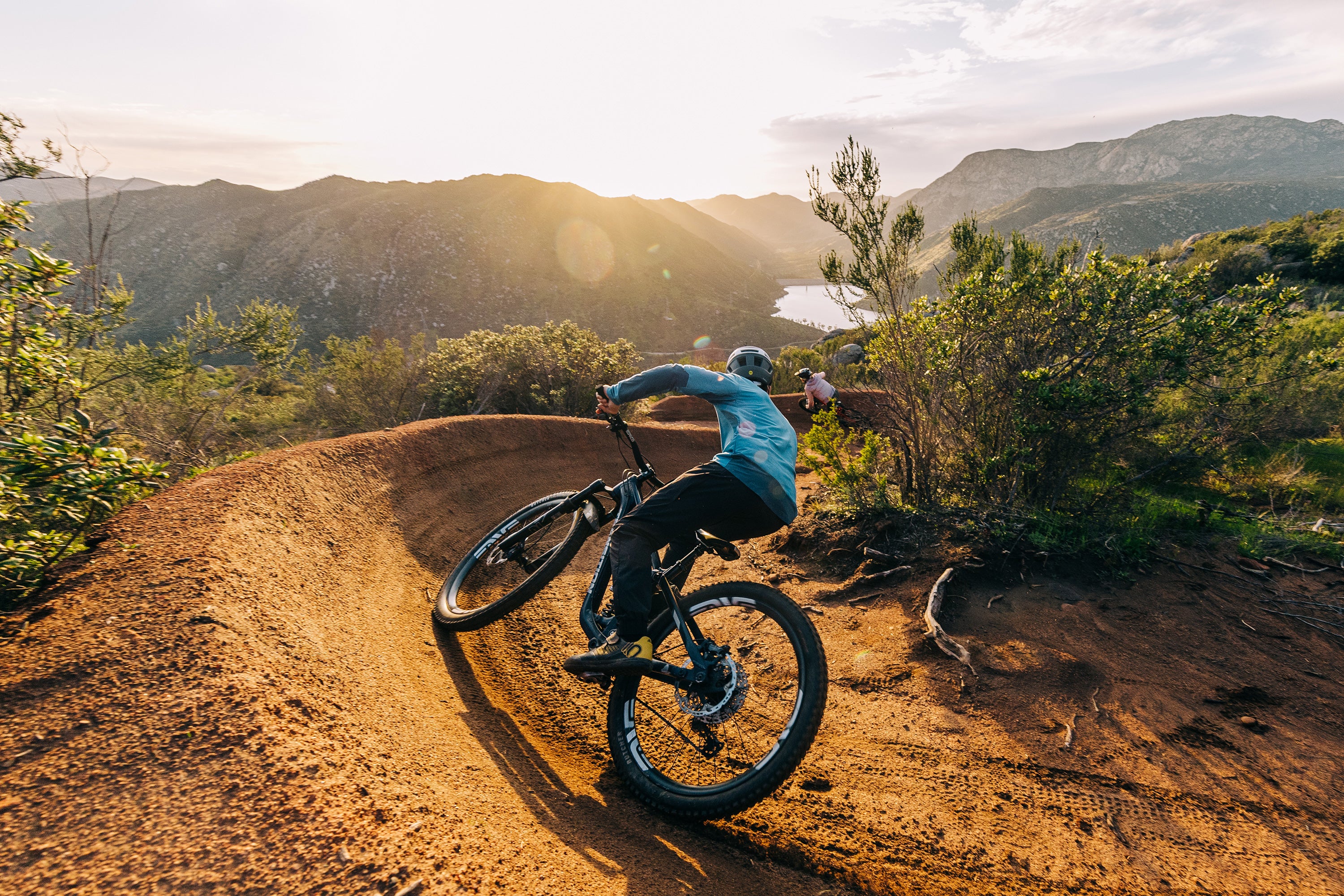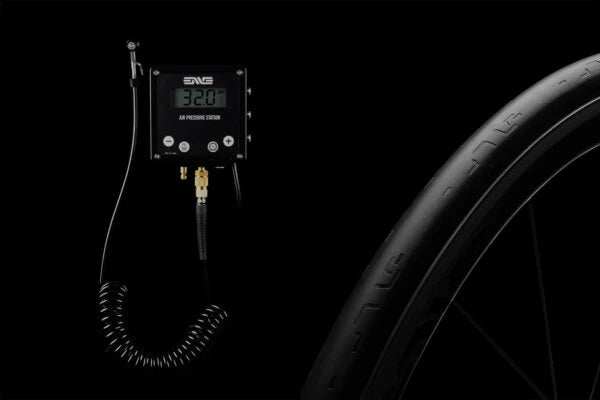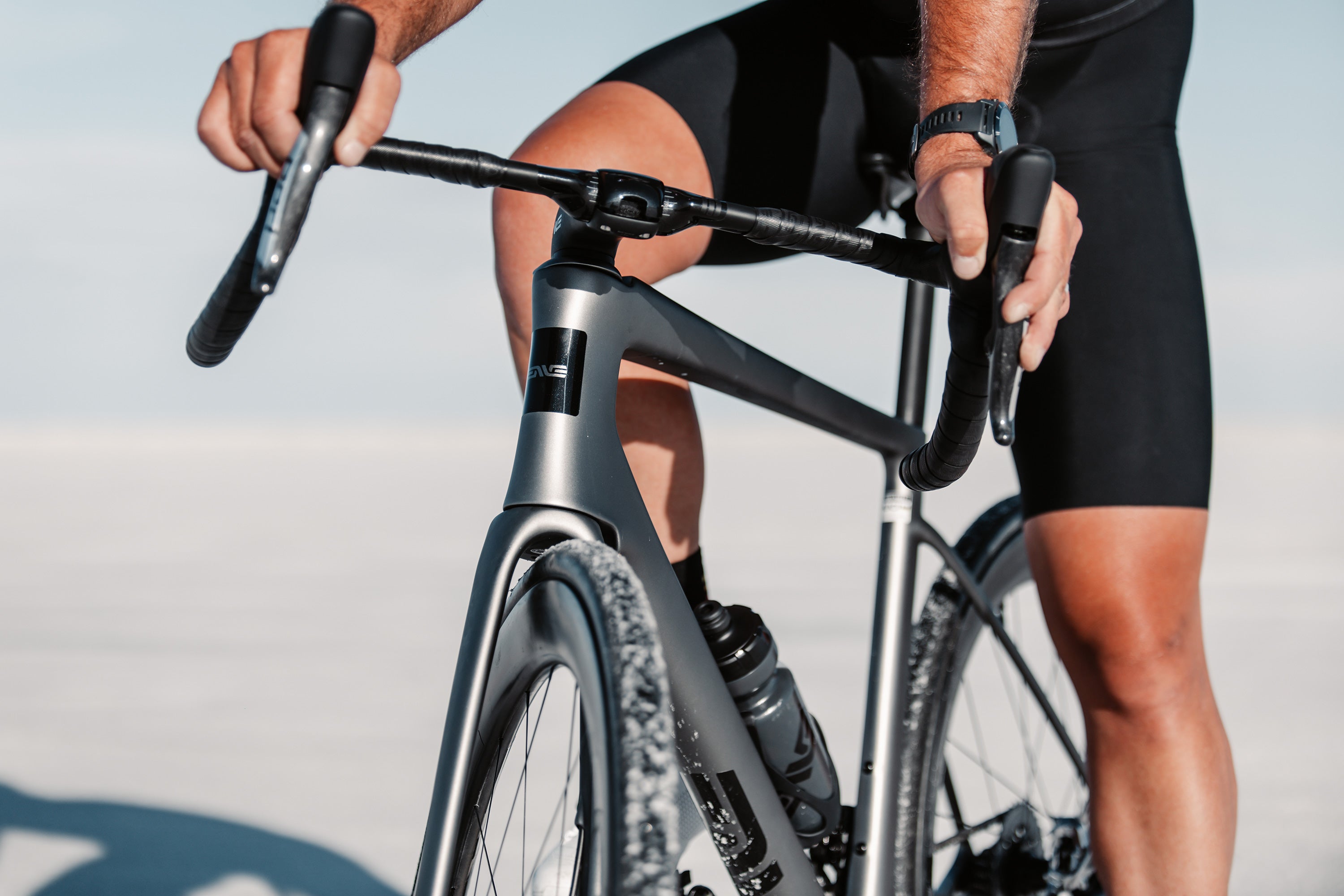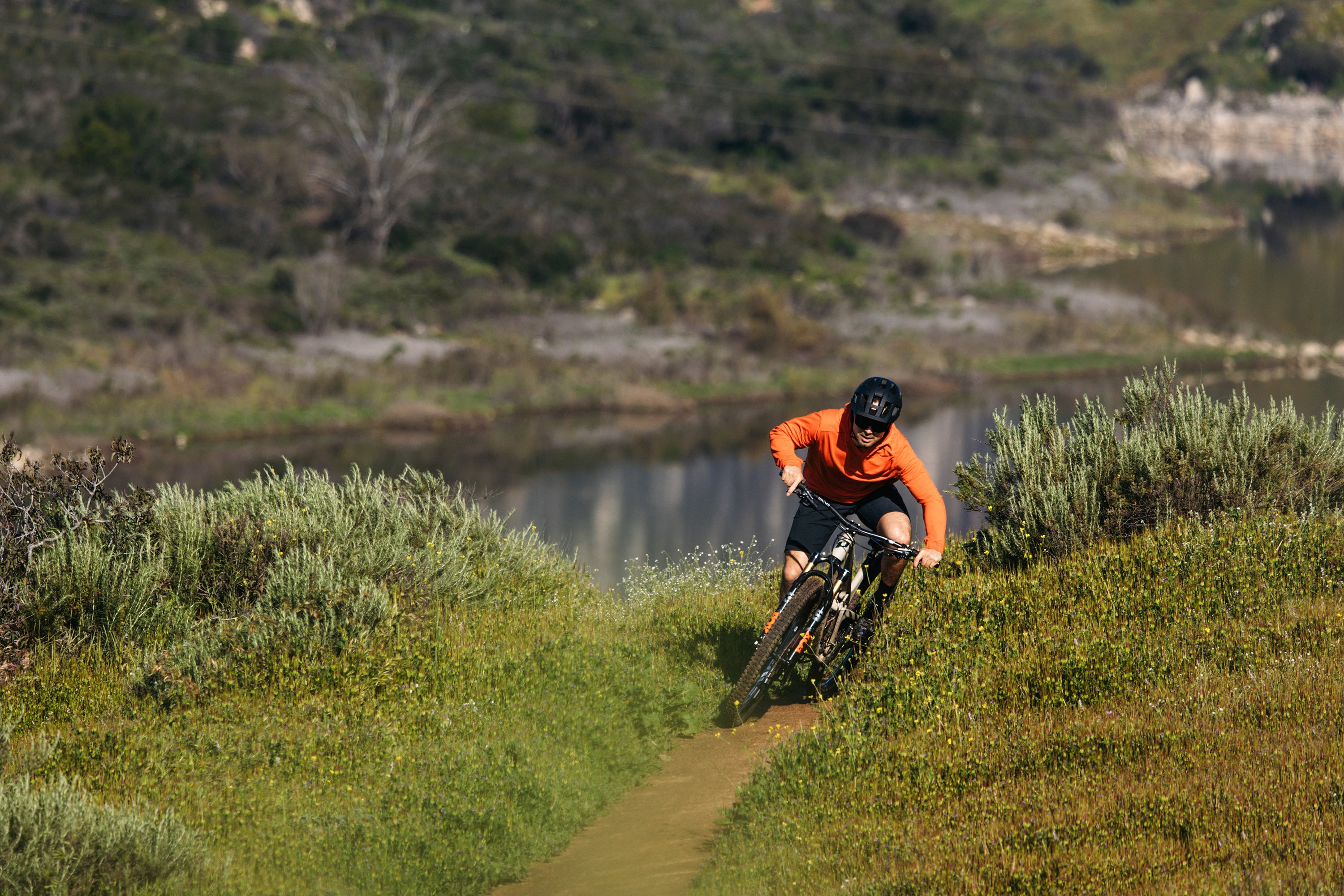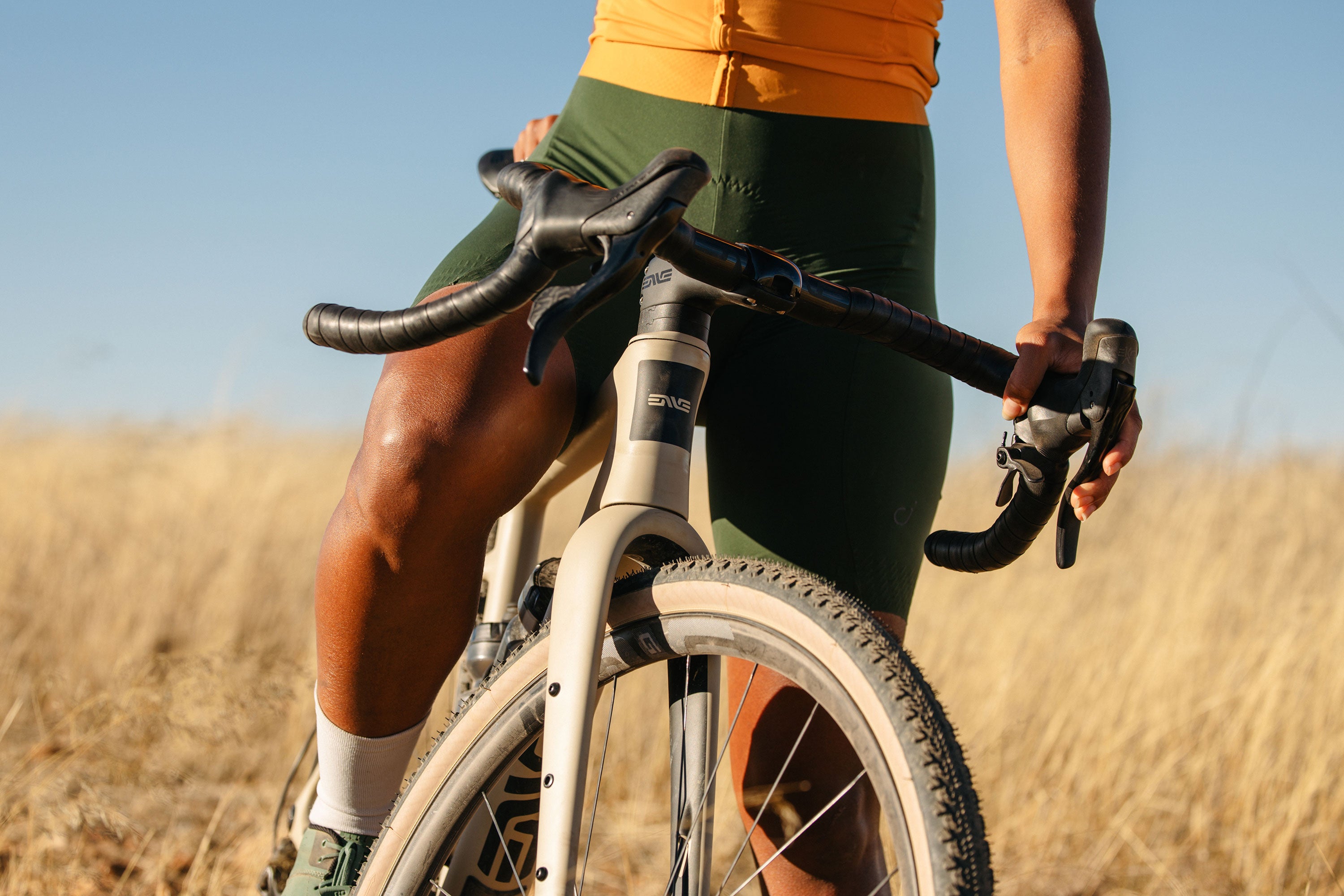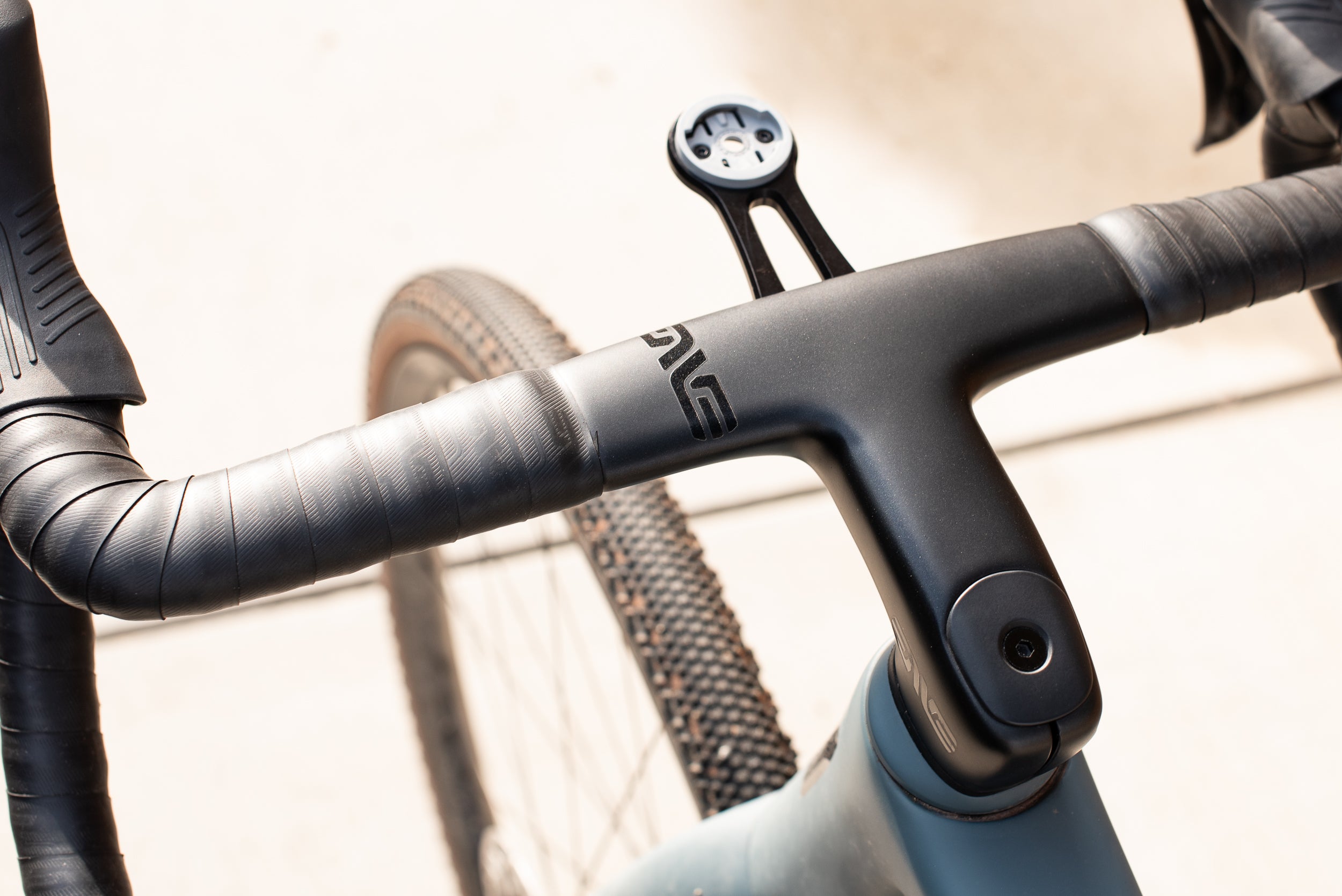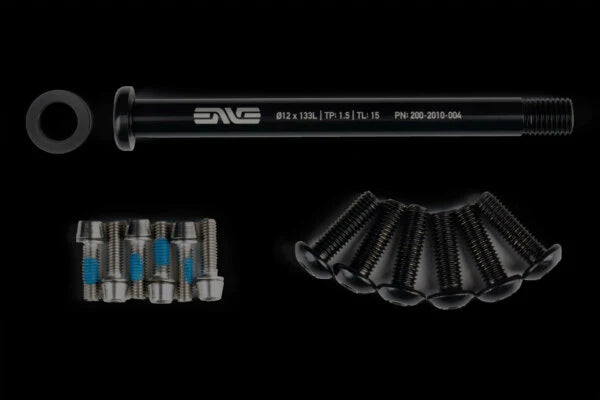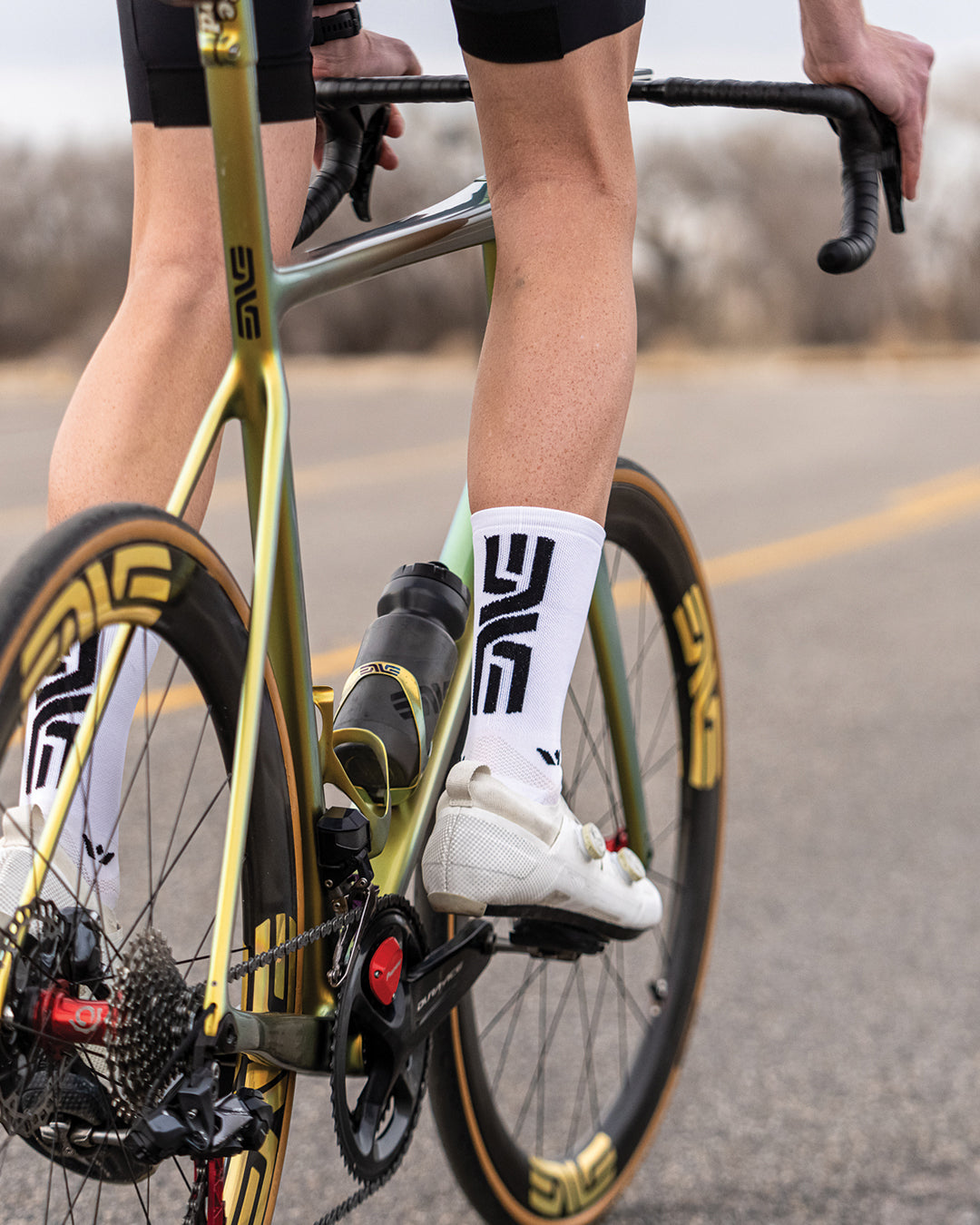ENVE Gravel Camp: South African Edition
Words by Nic Lamond
Images by Mark Sampson
The Cederberg is an imposing place. Its legendary valleys are a refuge from the modern-day hustle – gravel mountain passes scratch their way through burnt orange mountains and jagged sandstone formations, slowly strangling your mobile phone signal, until you’re left alone, with just a camera in your hand. It is ancient and extreme, where temperatures soar under African skies in long, dusty summers and thick snow blankets the peaks in winter.
Not much has changed in these secluded valleys since local San and Khoi tribesmen and women recorded their hunting escapades on cave walls 28,000 years ago. The occasional parched farmstead stands guard over verdant vineyards but mostly it is thirsty indigenous plants, found nowhere else in the world, that defy the conditions amongst the dry rock and sand and push out prickly fronds.
Located about three hours’ drive north of Cape Town, South Africa, the Cederberg is the perfect weekend getaway for avid mountaineers from the city, who flock to prime climbing spots. Wily adventurers barrel through the terrain on panniered motorbikes en route to the semi-desert hinterland of the Karoo. Only the hardiest animals and humans actually call the Cederberg home.





In other words, this is gravel bicycle heaven.ENVE ambassador, and South Africa’s premier Ironman triathlon export, James Cunnama was tired of reading about the annual Gravel Camp and seeing the dirt-flecked grins stare back at him from the ENVE newsletter. He wanted in on the gravel action. James wouldn’t be able to replicate the mudfest of a Northern Hemisphere winter odyssey but he knew the summer Cederberg heat in his backyard would dish up its own challenge and, more importantly, plenty of smiles along the way.
The opportunities for pro triathletes to cast their cares aside and go rogue for a few days on the bike are few and far between. Every training effort is carefully crafted to balance progression and fatigue. Just enough of both. When you multiply this across three sports and a stacked race calendar chasing ultra-distance triathlon podiums around the world, you quickly run out of daylight hours.
Thankfully, James wanted a break from that unrelenting pressure. At the start of the 2019 season he was experimenting with an unusual strategy to training to rekindle the fire. A more fluid approach and a reliance on James’s physical and mental state would determine his direction in training sessions. He wasn’t ditching the relentless data analysis that powermeters and GPS units provide altogether, but he was focusing on the one thing that can’t be measured through technology, a small but significant three-letter word essential to pushing his body to the limit: joy. Basically, the raison d’être of gravel bikes.






James roped in Gary Muller, a formidable local age-group triathlete, and me, his manager. Three riders was plenty for what we had in mind. I pulled out some creased maps of the area and started plotting a loop from the farming town of Citrusdal. Meanwhile James swapped out ENVE’s SES 4.5 AR Disc for the all-new G23 wheelset and G-Series flared handlebar on his Cervélo C5 (the Aspero didn’t exist yet!). Gary got the hand-me-down 4.5 AR on his Specialized Diverge, while my Open UP was already wearing repurposed ENVE M50s, and I gladly upgraded to the all-new gravel bar.
Just looking at the map we were extremely grateful for the new gear – route markings on the two-day 220km jaunt ranged from “Fair” to “Poor” to “Bad”, with a few “Very Bad” sections. We can happily report these markings are entirely accurate. But it wasn’t just the poor roads that tested us, there was plenty of vert and we conquered some formidable and historic gravel climbs and their accompanying descents. The G-Series bars offered superb control when all but our teeth were shaken out on corrugated downhills at 60km/h.

Our most significant obstacle was Uitkyk Pass, deep in the heart of the Cederberg and about 50km into our first day. It wasn’t much on paper: about 500m vertical ascent in 8km, with a couple of spicy 15% gradients. A dusty speed bump for James and Gary. But as the mercury pushed past 35°C we all realised the map wasn’t a fair reflection of the challenge. We’d actually started the climb 17km earlier when we turned east and left groves of shady gum trees along the banks of the Olifants River, cresting Nieuwoudts Pass first, then powering through Algeria Campsite on a false flat before inching up Uitkyk. We’d covered 25km of ramping climbs in two hours. The Cederberg was demanding respect.
Two hours and 38 bone-jarring kilometres later we dunked our heads in the swimming pool at the Cederberg Oasis, our aptly named lunch stop. We were only 12km from our overnight stop at Mount Ceder but Grootrivier Pass lay before in the hazy distance and it was now over 40°C. I’m not sure how I survived that climb. Thankfully, Gary kept me company and we inched up the orange dirt together, cursing James as he floated ahead on the pedals.
A rollercoaster descent to Mount Ceder was our reward. A nap, a braai (South African barbeque) and more than a few ice-cold beers was the sublime end to a big gravel day.
Day two was Valentine’s Day but it wasn’t the prospect of getting home in time for romantic dinners that prompted our dawn patrol. We wanted to get as much riding done before the heat ground our progress down to a crawl again. We hit another formidable Cederberg pass – the Blinkberg – as the sun broke above the mountain ranges around us. We crested, and cruised along a plateau on good gravel, passing gravity-defying rock formations before the dusty rolling hills turned to tarmac and we were suddenly sharing the road with 18-wheelers heavy with fruit. Farmland whizzed by as the black top gave us an extra gear.
At the farming hub of Op-die-Berg, after 55km, we turned north and headed for Citrusdal. Banter was flowing and humour was high. We made excellent time and were on track to get home well before the oppressive midday heat would again come into play. But the sting in the tail loomed at 100km. At 1089m the summit of the Middelberg Pass was the highest point on our adventure.







The challenge actually lay about halfway up the winding gravel road. An over-zealous “D&S Granite” truck driver had run out of traction and abandoned one of his two 15m trailers diagonally across the dirt pass. We spotted the truck sneaking up the switchbacks in the distance in a cloud of dust and shame.
Obviously, this didn’t present too much of a problem on the bike, but traffic was already backing up in both directions with simply no way through. We waved goodbye to our back-up van and photographer Mark Sampson, as he executed a precarious three-point turn and disappeared on a 300km detour back the way we’d come – out of the Cederberg to the south. Not what we’d planned, but as they say in these parts “TIA” (This Is Africa).
The final 20km over Middelberg Pass and home to Citrusdal featured the roughest and fastest roads we’d conquered. Gary punctured on the white-knuckle drop but we decided to pump and ride, rather than fix it in the heat, and he limped into town leaning heavily on the bars to spare the rear tyre. And then our final hurdle: shoehorning three bikes and three sweaty, dehydrated men into James’s car. We intercepted Mark a few hours later down the highway and transferred bikes and bodies into the spacious van. Then it was farewell to James as he turned for Stellenbosch, while the rest of us carried on to Cape Town.
Somewhere in our searing, bone-jarring journey in pursuit of joy James and Gary unlocked the magic. Gary secured a Kona age-group slot at Ironman Asia-Pacific Champs in Cairns, Australia. Then, at Ironman France, in the midst of Europe’s biggest heatwave in years, James produced a scintillating effort to win and punch his own pro ticket to Kona. Plans are already afoot for another Cederberg foray. Who’s coming?







